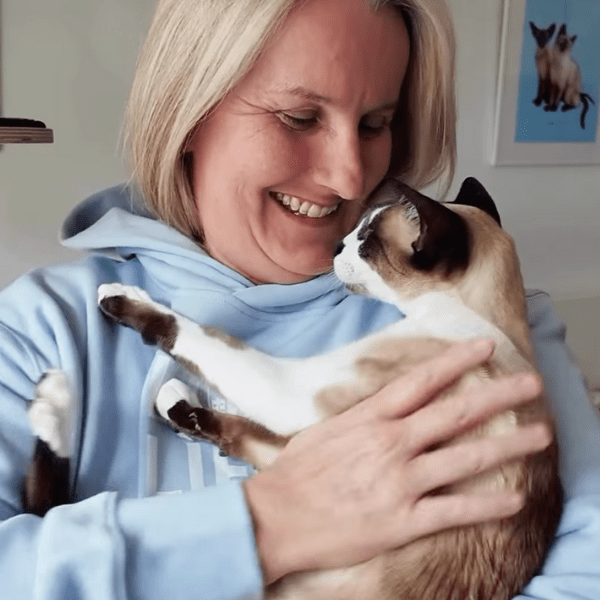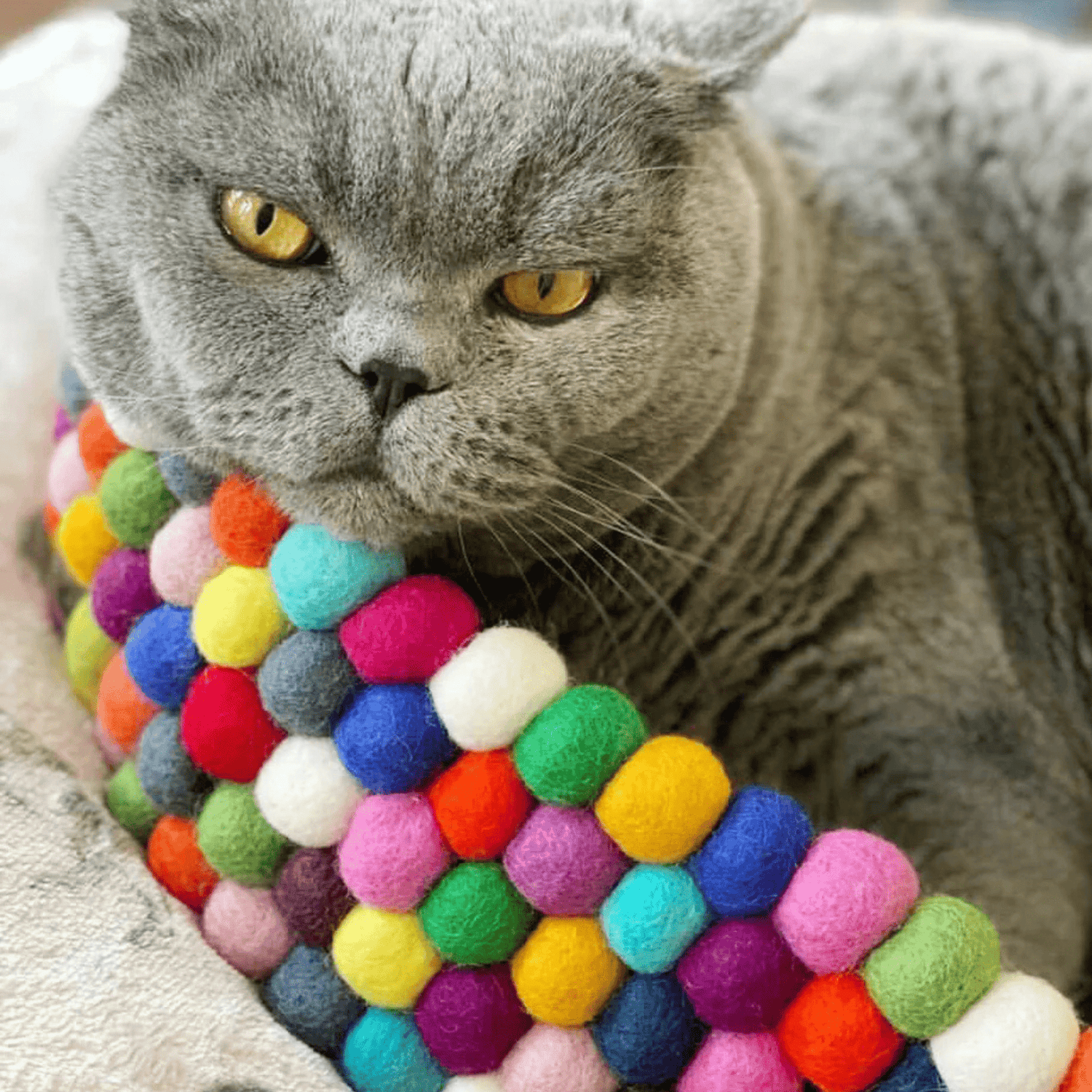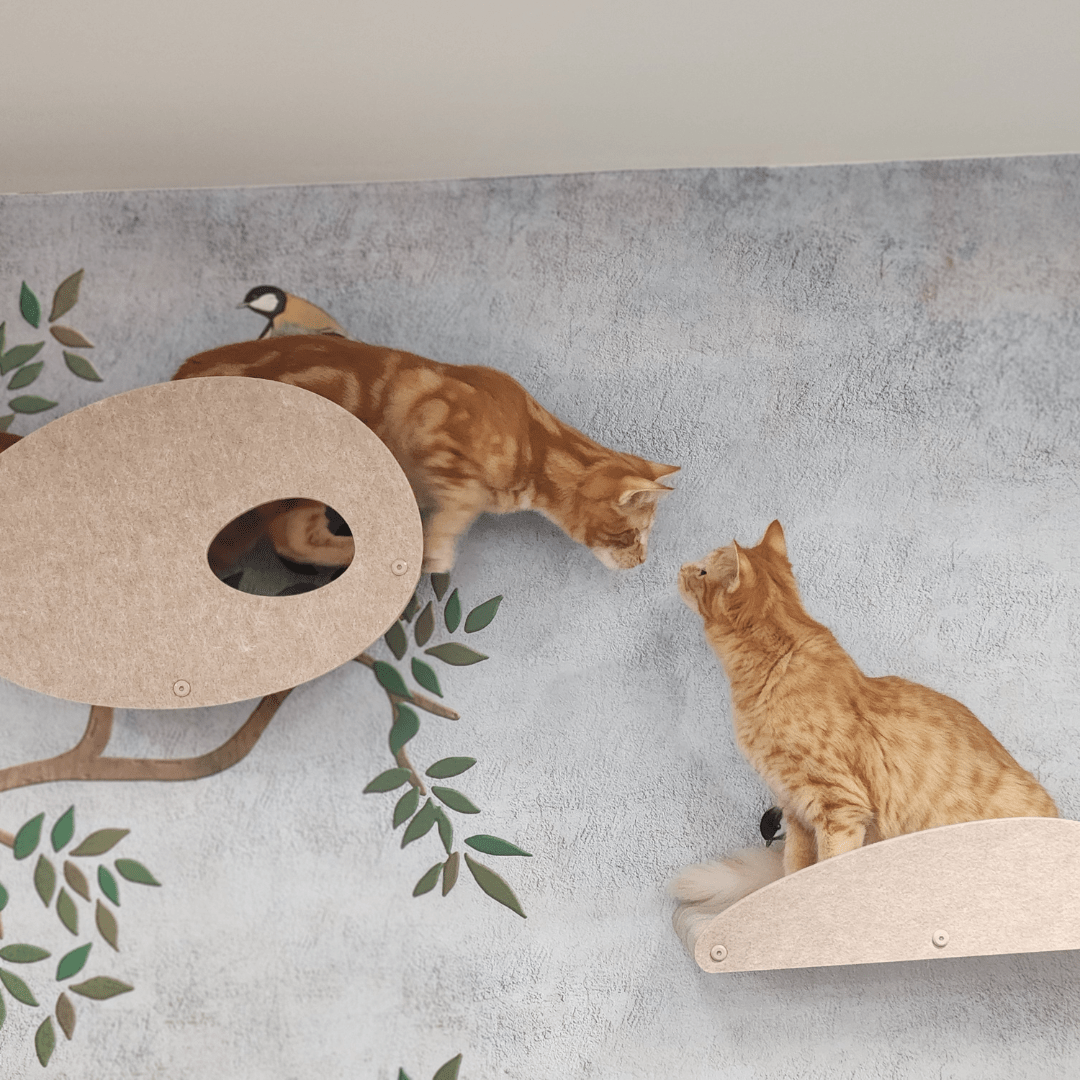The cozy indoor lifestyle may have made our feline friends more susceptible to obesity, a condition that's far from benign. While those extra pounds can sometimes add to their adorableness, the health implications are serious and can significantly impact their happiness and longevity. Let's delve into why indoor cats are prone to gaining weight and how you can help your pet maintain a healthy size through diet, exercise, and playful engagement.

The Roots of Feline Obesity The sedentary nature of indoor living often lacks the dynamic activities that outdoor cats naturally engage in. This, coupled with a lack of stimulating environment, leads to less activity and more napping, contributing to weight gain.
Diet's Role in Your Cat's Weight The convenience of free-feeding and the nutritional content of your cat's food can contribute significantly to their waistline. Continuous access to food and high-calorie diets, even when packed with nutrients, need to be managed to prevent overeating.

Age, Breed, and Genetics: The Unseen Contributors As cats grow older, their metabolism slows down, mirroring the human aging process. Some breeds and genetic lines might also have a predisposition to obesity, highlighting the need for a tailored approach to diet and activity.
The Health Risks of Being Overweight Obesity in cats can lead to diabetes mellitus, joint issues like arthritis, and cardiovascular and respiratory problems, all of which compromise their quality of life and can lead to severe health complications.
Your Vet Is Your Ally Before you start on a weight loss journey with your cat, a visit to the vet is essential. They can help establish a safe weight loss goal, suggest appropriate food, and check for underlying health issues.

Engagement and Exercise: Key to a Healthy Cat Interactive toys and dedicated playtime can work wonders in keeping your cat active and engaged. Consider setting up a play area with cat shelves or introducing puzzle feeders to stimulate their mind and body.

Dietary Changes for a Slimmer Silhouette Transitioning from free-feeding to scheduled meal times and opting for a balanced, weight-management diet can help control calorie intake and promote a healthier weight.
Incorporating Regular Exercise Introducing activities that encourage natural behaviors like hunting can make exercise fun and effective. Gradually increase the intensity and duration of play to match your cat's improving fitness level.
Monitoring and Adjusting the Plan Regular check-ups and keeping track of your cat's weight and activity levels will help you adjust their diet and exercise regime as needed, ensuring safe and effective weight loss.
Patience and Consistency Win the Race Weight loss in cats is a slow and steady process that demands patience and consistency. Celebrate the small milestones and stay committed to your cat's health and happiness.
Final Thoughts Understanding the causes and risks of obesity in indoor cats is the first step towards fostering a healthier lifestyle for your pet. With the right mix of diet, exercise, and veterinary guidance, you can help your cat achieve a healthier weight, enhancing their well-being and extending those precious years of companionship. Your dedication to their health is a testament to the love and care you have for your feline friend, ensuring they remain an active and joyful part of your life.




